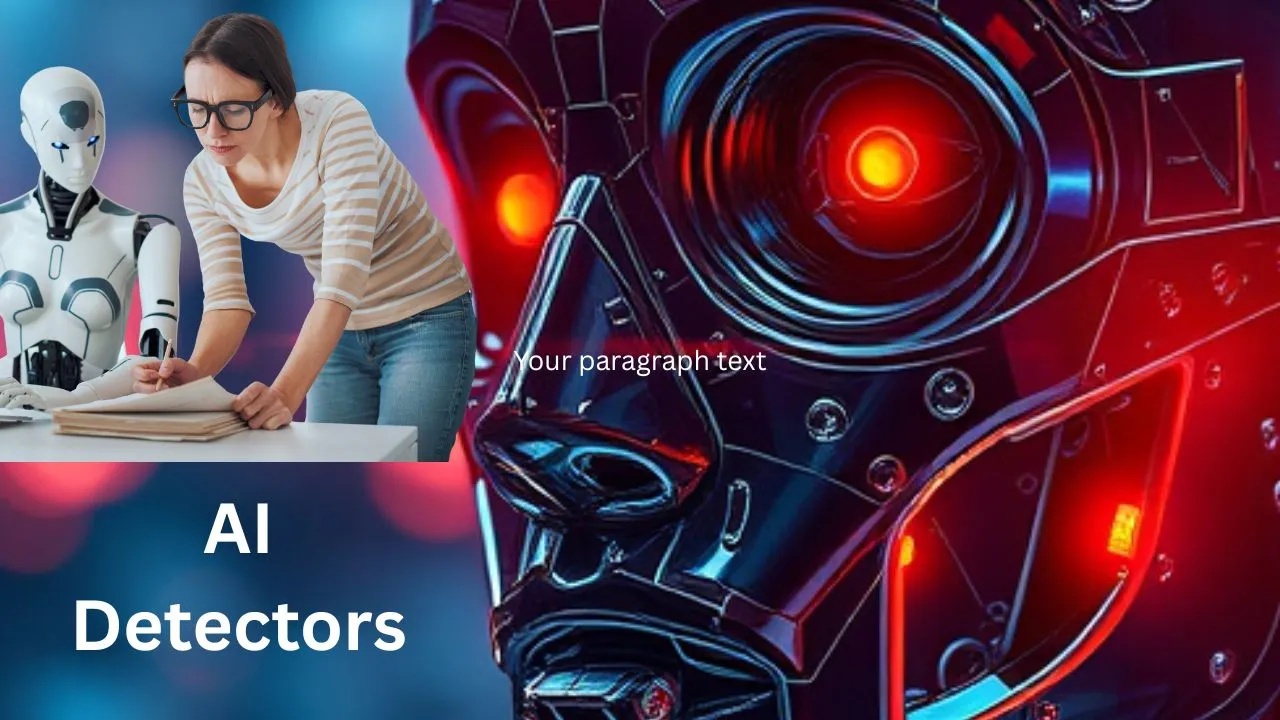How AI Detectors Work: A Simple Guide for Everyone
Now a days, you might be seeing lot of content generator by AI and here comes the need of AI detectors. Wonder how AI detectors works. Let us go through this guide.
🔍 1. What Are AI Detectors?
AI detectors are tools that help determine if a piece of writing was created by a person or by an artificial intelligence model like ChatGPT or Gemini. They’re becoming popular in schools, publishing, and even online platforms.
📊 2. Checking Patterns in Text
AI detectors look at how text is written—its rhythm, word patterns, and structure. Since AI tends to write in a specific, somewhat predictable way, these tools pick up on things like:
-
Perplexity: Is the text too predictable? AI often uses common word choices, making its writing easy to “guess.” Low perplexity can be a sign of AI.
-
Burstiness: Do the sentences all sound the same? Humans mix short and long sentences, creating variety—high burstiness. AI tends to write more uniformly.
🕵️ 3. Comparing to Known Text
Many detectors are trained by examining large collections of writing—both AI-written and human-written. When new text is checked, the model compares it to these examples to guess which side it fits better.
🛡️ 4. Hidden Watermarks in AI Text
Some newer AI tools add a secret “watermark” in their writing. This is not visible to readers but can be found by special detectors. OpenAI even built a watermark to look for ChatGPT-generated text, with over 99% success on large pieces.
However, these watermarks can sometimes be removed by editing, translating, or paraphrasing the text.
⚠️ 5. Limitations to Keep in Mind
-
False Positives: Sometimes human writing gets flagged as AI-generated—especially from non-native English speakers, because detectors may misread natural patterns as AI tendencies.
-
False Negatives: Skilled AI or lightly edited AI text can trick detectors and appear human-written.
This means AI detectors are helpful indicators—but not perfect proof.
🧠 6. Why It Matters
-
For schools: Teachers want to know if students used AI tools for essays.
-
For publishers: Editors need to confirm content is original.
-
For online platforms: They aim to maintain trust and prevent misinformation.
✅ 7. Pro Tips for Writers
If you’re using AI to help write, try:
-
Humanizing the text: Add personal stories, varied sentences, unique voice.
-
Editing manually: Change sentence structure, add your ideas.
-
Avoiding over-reliance: Keep your own voice—AI helps, but you lead.
🔚 Final Thoughts
AI detectors use smart methods—perplexity, burstiness analysis, watermark checks, and pattern matching—to make educated guesses. But they aren’t infallible. Always treat their results as helpful clues, not absolute truth.
By knowing how these tools work, you can write in your own voice and confidently create content that stands out as human—accurate, authentic, and reliable.














